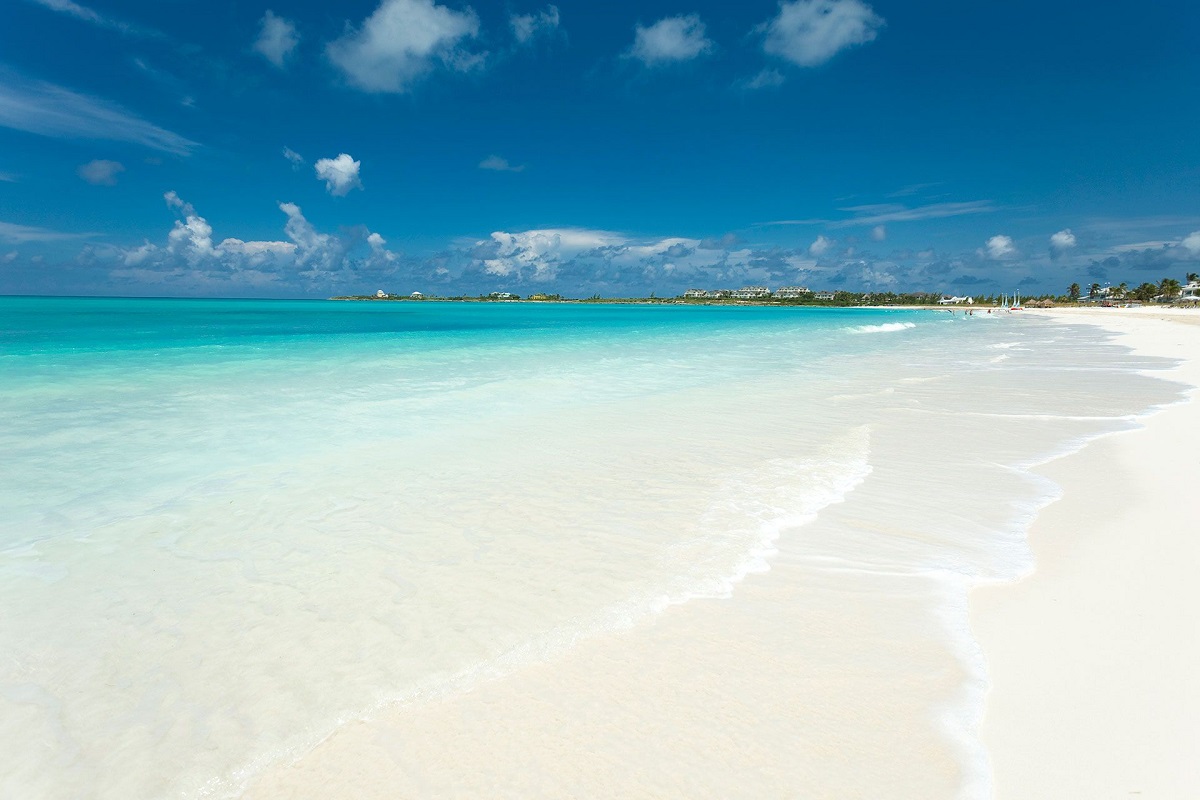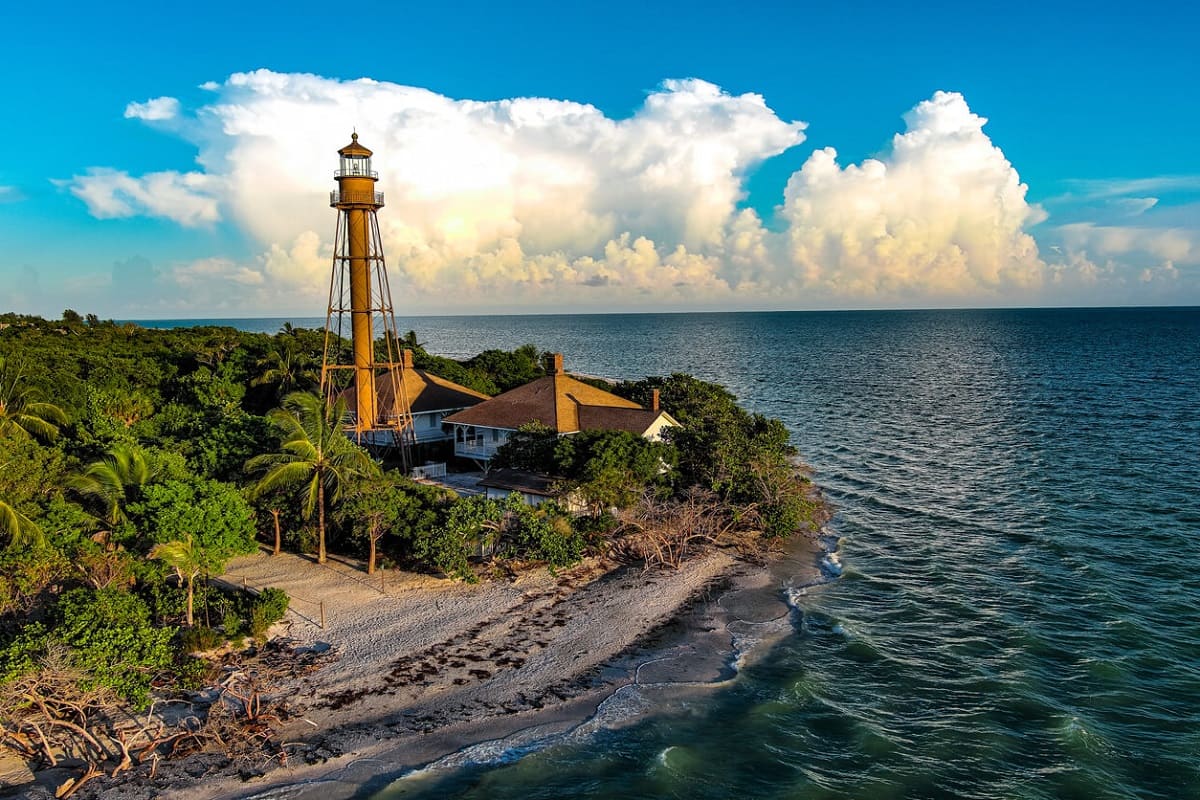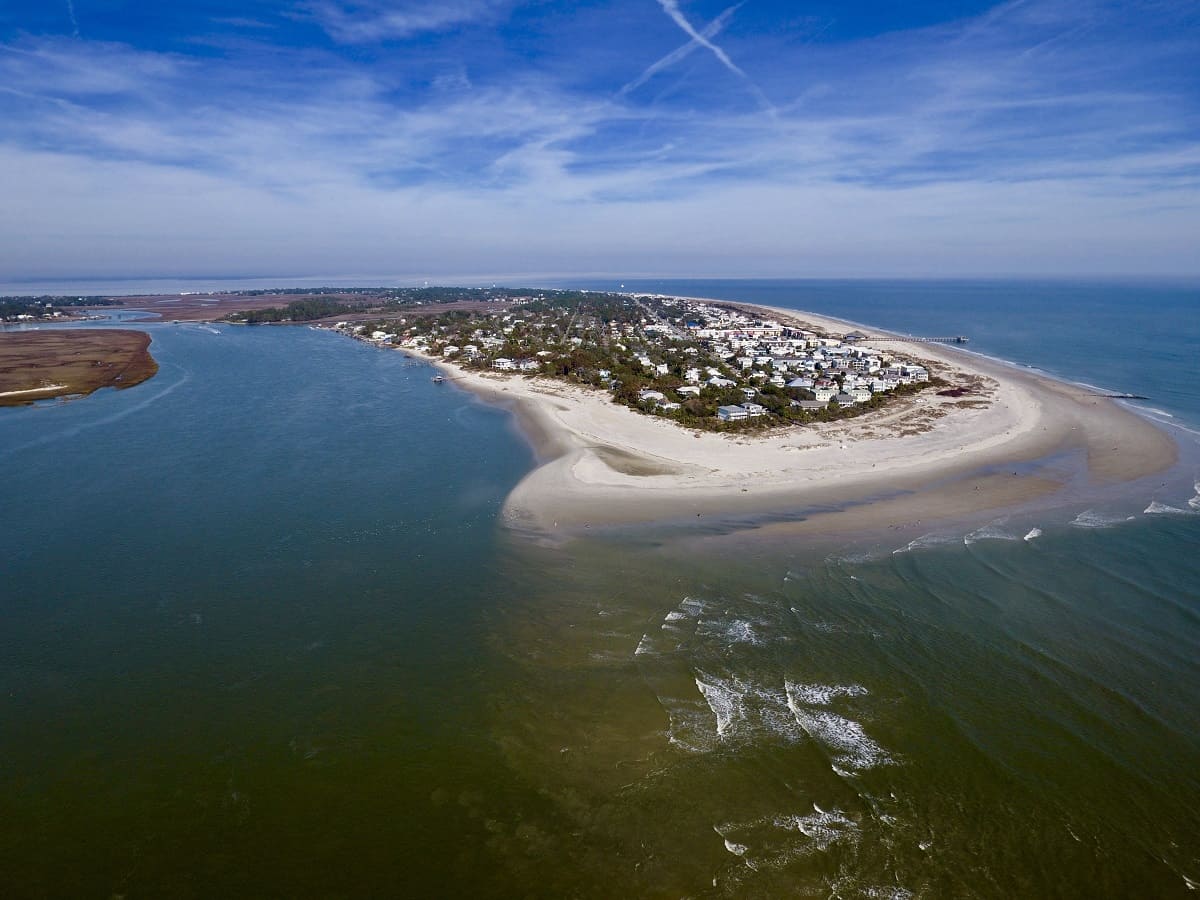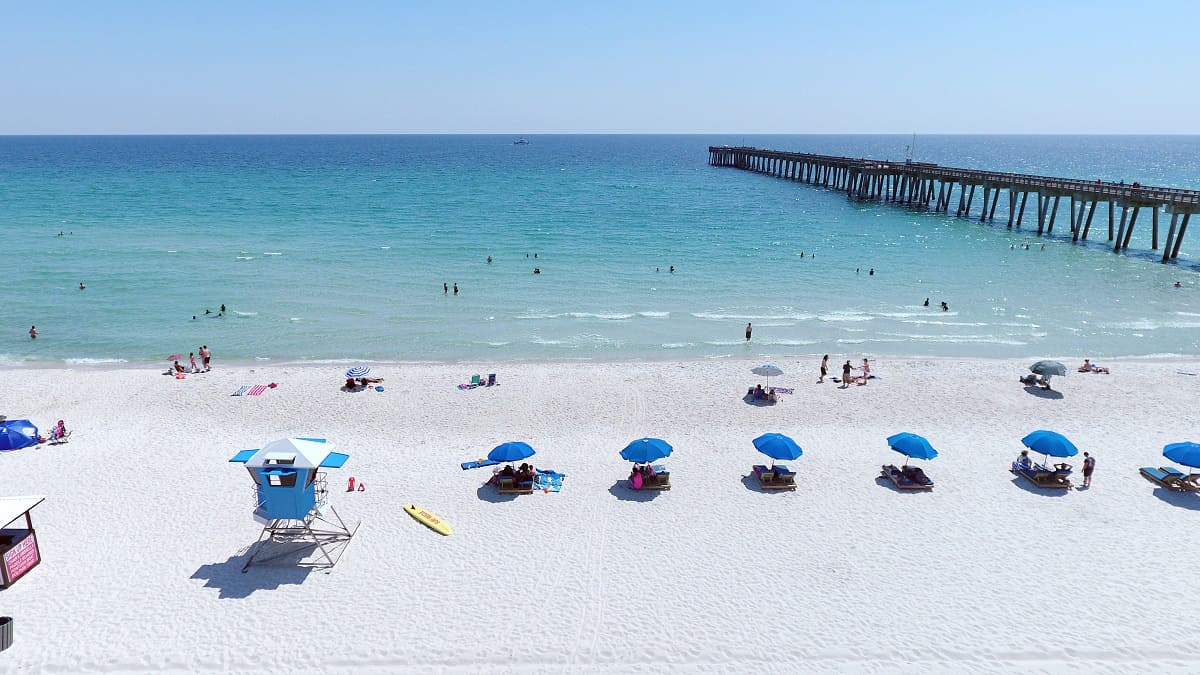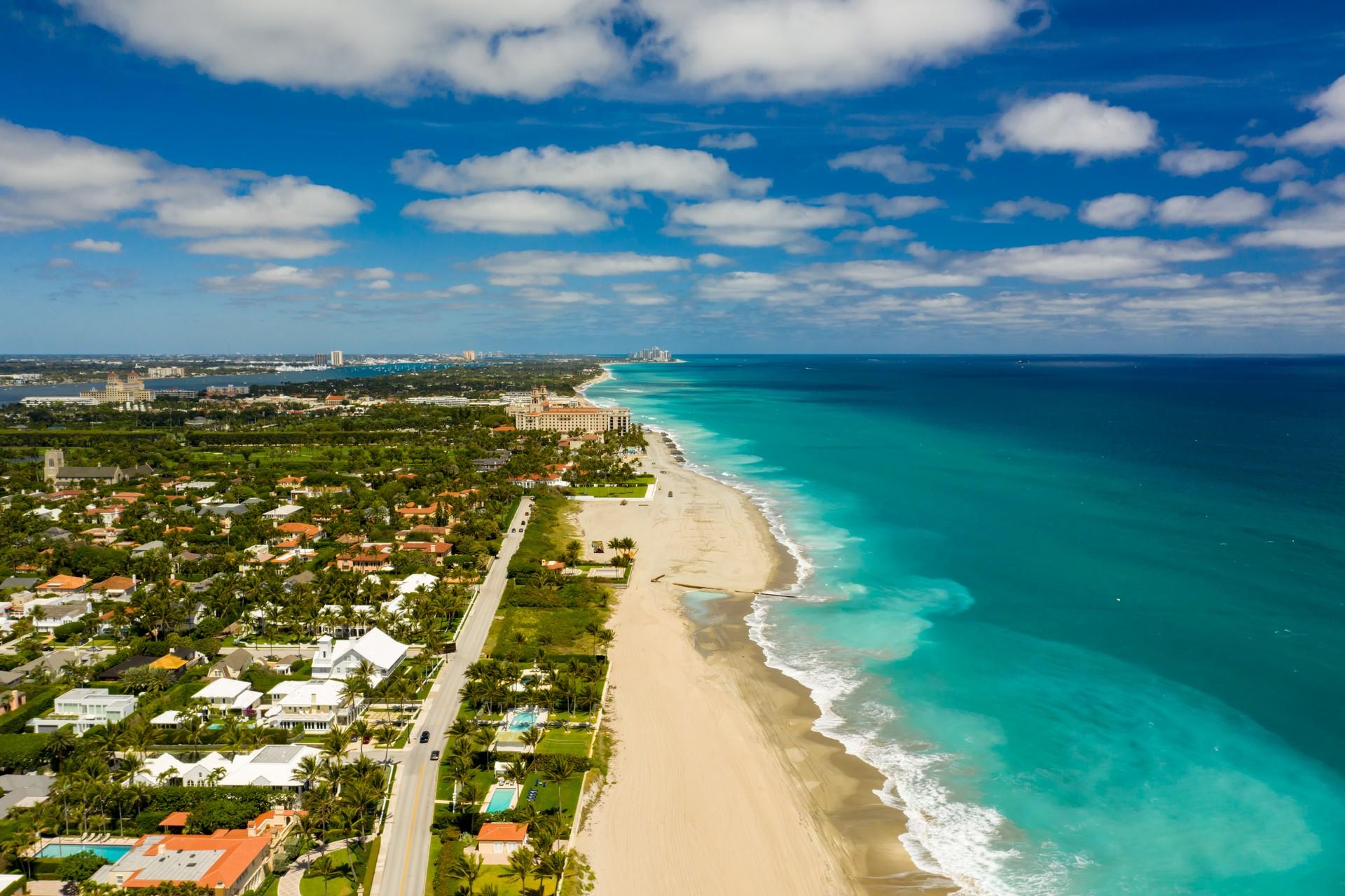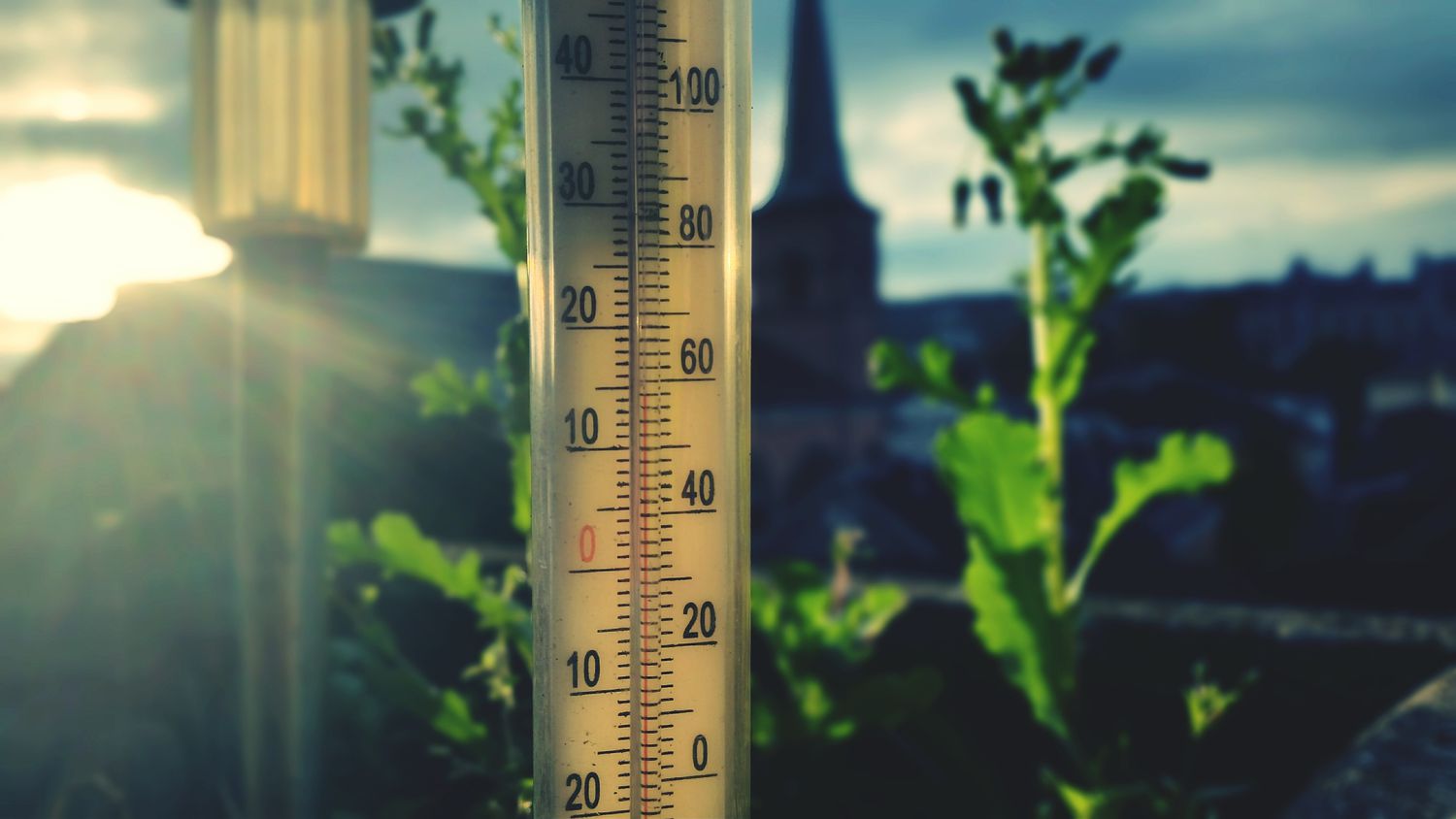Home>Weather and Climate>Peru’s Climate: What You Need To Know
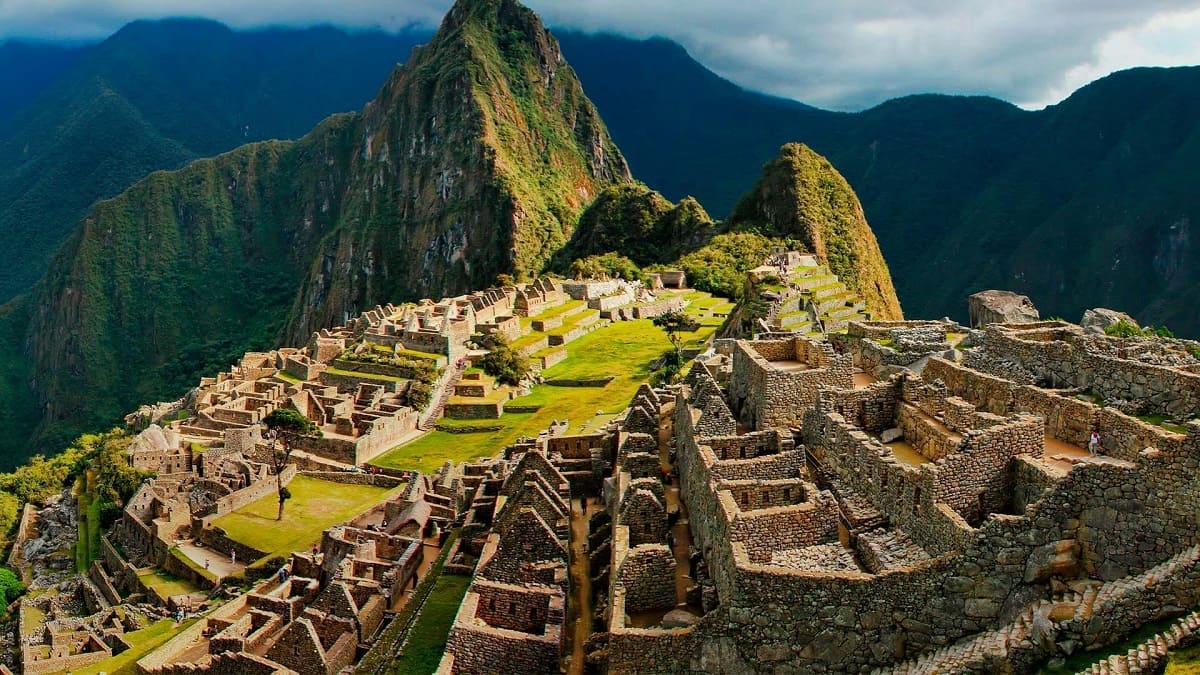

Weather and Climate
Peru’s Climate: What You Need To Know
Published: March 2, 2024
Discover Peru's diverse weather and climate. Learn about the best time to visit and what to expect, from the Andes to the Amazon.
(Many of the links in this article redirect to a specific reviewed product. Your purchase of these products through affiliate links helps to generate commission for Temperatures.com, at no extra cost. Learn more)
Table of Contents
Introduction
Peru, a land of breathtaking landscapes and rich cultural heritage, is renowned for its diverse climate and weather patterns. Nestled in the western part of South America, Peru is a country of remarkable contrasts, encompassing coastal deserts, towering Andean peaks, and lush Amazon rainforests. The country's climate is as varied as its topography, offering a fascinating tapestry of weather conditions that greatly influence the daily lives of its inhabitants.
From the arid coastal plains to the frigid heights of the Andes and the steamy Amazon basin, Peru's climate is a complex interplay of factors that shape the environment, agriculture, and economy of the nation. Understanding the nuances of Peru's climate is essential for appreciating the country's natural beauty and comprehending the challenges and opportunities it presents.
In this article, we will delve into the intricate details of Peru's climate, exploring its geographic regions, climate zones, seasonal variations, and the profound impact of climate on agriculture and the economy. Additionally, we will examine the pressing issue of climate change and its potential implications for Peru's future.
Join us on a captivating journey through Peru's diverse climate, where we unravel the mysteries of its weather patterns and gain a deeper appreciation for the profound influence of nature on this enchanting land.
Geographic Regions of Peru
Peru's geographical diversity is a defining feature that contributes to the country's complex climate. The three primary geographic regions of Peru are the coast, the Andean highlands, and the Amazon rainforest. Each region possesses distinct characteristics that significantly influence the local climate and weather patterns.
Coastal Region
The coastal region of Peru stretches along the Pacific Ocean, encompassing arid deserts and fertile valleys. This narrow strip of land is influenced by the cold Humboldt Current, which flows northward along the coast, bringing cool temperatures and low humidity. The coastal area experiences minimal rainfall, with cities like Lima often shrouded in a persistent coastal fog known as the "garúa." The unique climate of the coast has shaped the development of cities and agriculture in this region, where innovative irrigation techniques are employed to support cultivation in the desert environment.
Andean Highlands
The Andean highlands, characterized by the majestic peaks of the Andes mountain range, form the spine of Peru. This rugged terrain is marked by dramatic variations in elevation, ranging from towering snow-capped peaks to deep valleys. The highlands exhibit a diverse climate, with temperatures and precipitation levels varying significantly based on altitude. The Andes play a crucial role in regulating Peru's climate, acting as a barrier that influences weather patterns and precipitation distribution across the country.
Amazon Rainforest
The Amazon rainforest, situated in the eastern part of Peru, is a lush expanse of dense vegetation and teeming biodiversity. This region experiences a tropical rainforest climate, characterized by high temperatures, abundant rainfall, and high humidity. The Amazon basin is a vital component of Peru's climate system, contributing to the country's overall moisture balance and influencing weather patterns through the release of moisture into the atmosphere.
The intricate interplay of these geographic regions creates a dynamic and diverse climate across Peru, shaping the country's ecosystems, agricultural practices, and livelihoods of its inhabitants. Understanding the distinct characteristics of each region is essential for comprehending the complex mosaic of climates that define Peru's natural environment.
Climate Zones in Peru
Peru's diverse topography gives rise to a multitude of climate zones, each exhibiting unique weather patterns and environmental characteristics. The country can be broadly categorized into three primary climate zones: the arid desert climate of the coast, the temperate climate of the Andean highlands, and the tropical rainforest climate of the Amazon basin.
Coastal Desert Climate
The coastal region of Peru is dominated by an arid desert climate, influenced by the cold Humboldt Current and the presence of the Andes as a barrier to moisture-laden air masses. This climate zone is characterized by minimal precipitation, persistent coastal fog, and relatively stable temperatures throughout the year. Cities such as Lima experience mild, overcast conditions for much of the year, with rare occurrences of rainfall. The unique coastal desert climate has led to the development of innovative agricultural practices, including the utilization of sophisticated irrigation systems to support cultivation in this challenging environment.
Andean Highlands Climate
The Andean highlands exhibit a diverse range of microclimates, largely dictated by variations in altitude. As elevation increases, temperatures decrease, resulting in a cooler, more temperate climate in the higher reaches of the mountains. The highlands experience distinct wet and dry seasons, with the rainy season typically occurring from November to March. The Andes play a crucial role in shaping the climate of Peru, influencing precipitation patterns and serving as a reservoir for glacial meltwater, which is vital for agriculture and water supply in the region.
Amazon Rainforest Climate
The Amazon rainforest, situated in the eastern part of Peru, boasts a tropical rainforest climate characterized by high temperatures, abundant rainfall, and high humidity. This climate zone experiences consistent warmth throughout the year, with heavy rainfall contributing to the lush vegetation and rich biodiversity of the region. The Amazon basin serves as a vital component of Peru's climate system, contributing to the country's overall moisture balance and influencing weather patterns through the release of moisture into the atmosphere.
The intricate interplay of these climate zones creates a tapestry of environmental diversity across Peru, shaping the country's ecosystems, agricultural practices, and the daily lives of its inhabitants. Understanding the distinct characteristics of each climate zone is essential for comprehending the complex mosaic of climates that define Peru's natural environment.
Seasonal Variations
Peru's seasonal variations are intricately linked to its diverse geography and climate zones, resulting in a rich tapestry of weather patterns that fluctuate throughout the year. The country experiences distinct seasonal changes, each exerting a profound influence on the environment, agriculture, and daily life of its inhabitants.
Coastal Region
In the coastal region, seasonal variations are characterized by a notable shift between the garúa season, marked by persistent coastal fog and overcast conditions, and the rare occurrences of rainfall during the austral winter. The garúa season, extending from May to November, brings cool temperatures and high humidity, creating a unique atmospheric phenomenon that blankets cities like Lima in a shroud of mist. As the austral summer approaches, the garúa dissipates, giving way to clearer skies and warmer temperatures, albeit with minimal rainfall.
Andean Highlands
In the Andean highlands, seasonal variations are pronounced, with distinct wet and dry seasons shaping the landscape. The rainy season, known as the "verano," occurs from November to March, bringing increased precipitation and lush greenery to the mountains. Conversely, the dry season, or "invierno," spans from April to October, characterized by sun-drenched days and chilly nights. These seasonal shifts greatly impact agricultural activities, as farmers harness the rainy season to cultivate crops and rely on the dry season for harvesting and storage.
Amazon Rainforest
The Amazon rainforest experiences relatively consistent temperatures throughout the year, with seasonal variations primarily manifesting in the form of rainfall. The wet season, spanning from December to May, brings torrential downpours and swollen rivers, inundating the rainforest with moisture and fostering vibrant growth. In contrast, the dry season, from June to November, sees reduced rainfall and lower water levels, influencing the behavior of wildlife and the accessibility of certain areas within the rainforest.
The seasonal variations across Peru's diverse regions create a dynamic tapestry of weather patterns, influencing everything from agricultural practices and ecological processes to cultural traditions and tourism. Understanding these seasonal shifts is essential for appreciating the intricate interplay between climate, geography, and the rhythms of life in this captivating country.
Impact of Climate on Agriculture and Economy
The diverse climate of Peru exerts a profound impact on the country's agriculture and economy, shaping the livelihoods of its inhabitants and influencing key sectors of the nation's financial well-being. The intricate interplay of weather patterns, temperature variations, and precipitation levels across Peru's geographic regions significantly influences agricultural practices, crop yields, and economic activities.
Coastal Agriculture and Economy
The arid desert climate of the coastal region presents unique challenges and opportunities for agriculture and economic development. Innovative irrigation techniques, such as the utilization of ancient aqueduct systems and modern drip irrigation methods, have enabled the cultivation of crops in the midst of arid landscapes. Coastal agriculture focuses on the production of crops such as citrus fruits, grapes, and avocados, which thrive in the region's mild, Mediterranean-like climate. The coastal economy is also shaped by fishing and aquaculture, with the cold waters of the Humboldt Current supporting a rich marine ecosystem that sustains valuable fisheries and seafood exports.
Andean Highlands Agriculture and Economy
The temperate climate of the Andean highlands plays a pivotal role in shaping agricultural practices and economic activities. The high-altitude agriculture of the Andes encompasses the cultivation of traditional crops like potatoes, quinoa, and maize, which have been adapted to thrive in the cool, mountainous environment. The Andean economy is deeply intertwined with agriculture, with small-scale farming serving as a cornerstone of livelihoods in rural communities. Additionally, the highlands are renowned for their textile production, with vibrant weaving traditions and alpaca wool contributing to the region's economic vitality.
Amazon Rainforest Agriculture and Economy
The tropical rainforest climate of the Amazon basin fosters a rich tapestry of agricultural diversity and economic activities. The fertile soils and abundant rainfall support the cultivation of crops such as cacao, coffee, and tropical fruits, which form the backbone of the region's agricultural economy. Furthermore, the Amazon rainforest is a source of valuable natural resources, including timber, medicinal plants, and biodiversity, which contribute to the economic prosperity of the region. Indigenous communities in the Amazon basin engage in sustainable practices that harness the bounty of the rainforest while preserving its ecological integrity.
The impact of climate on agriculture and the economy extends beyond the cultivation of crops and the exploitation of natural resources. Weather patterns and climate variations influence tourism, energy production, and water resource management, all of which are integral components of Peru's economic landscape. As the country grapples with the challenges and opportunities presented by its diverse climate, innovative strategies and sustainable practices are essential for ensuring the resilience and prosperity of Peru's agricultural and economic sectors.
Understanding the intricate relationship between climate and agriculture is crucial for devising adaptive measures and fostering economic resilience in the face of environmental variability. By embracing the unique characteristics of Peru's climate and harnessing its natural resources in a sustainable manner, the country can chart a path towards a vibrant and resilient agricultural and economic future.
Climate Change and Peru's Future
Climate change poses significant challenges and implications for Peru's future, exerting a far-reaching impact on the country's environment, economy, and societal well-being. As a nation characterized by diverse climate zones and vulnerable ecosystems, Peru is particularly susceptible to the effects of global climate change. The ramifications of shifting weather patterns, rising temperatures, and extreme events have the potential to reshape the fabric of Peru's natural landscape and the lives of its inhabitants.
One of the most pressing concerns related to climate change in Peru is the accelerated melting of glaciers in the Andes. These glaciers serve as crucial water sources, supplying rivers and streams that sustain agricultural activities and provide freshwater for communities across the highlands. The rapid retreat of glaciers not only jeopardizes water availability but also increases the risk of glacial lake outburst floods, posing a threat to human settlements and infrastructure. Furthermore, the loss of glacial meltwater diminishes the resilience of Andean ecosystems and heightens the vulnerability of high-altitude communities to water scarcity.
In addition to the impact on water resources, climate change is projected to disrupt agricultural productivity and food security in Peru. Shifts in precipitation patterns, increased frequency of droughts and floods, and the spread of pests and diseases pose formidable challenges to the agricultural sector. Small-scale farmers, who form the backbone of rural livelihoods, face heightened uncertainty as they grapple with the unpredictability of weather and the need to adapt traditional farming practices to changing climatic conditions.
The coastal region of Peru is also at risk due to climate change, with rising sea levels and ocean acidification threatening coastal ecosystems and fisheries. The warming of ocean waters can disrupt marine biodiversity and alter the distribution of fish stocks, impacting the livelihoods of coastal communities reliant on fishing and aquaculture. Furthermore, extreme weather events, such as El Niño, can intensify in a changing climate, leading to heightened risks of flooding, erosion, and infrastructure damage along the coast.
Amid these challenges, Peru is actively engaged in efforts to mitigate and adapt to the impacts of climate change. The country has implemented policies and initiatives aimed at promoting sustainable land use, conserving biodiversity, and enhancing resilience to climate-related hazards. Furthermore, Peru is a signatory to international agreements and frameworks focused on climate action, demonstrating its commitment to addressing the global challenge of climate change.
Looking ahead, the future of Peru hinges on proactive measures to address climate change, foster sustainable development, and safeguard the well-being of its people and natural heritage. By embracing innovative solutions, investing in climate-resilient infrastructure, and promoting community-based adaptation strategies, Peru can chart a path towards a more sustainable and resilient future. The preservation of its diverse ecosystems, the protection of vulnerable communities, and the sustainable management of natural resources are integral to securing a thriving future for Peru in the face of a changing climate.

